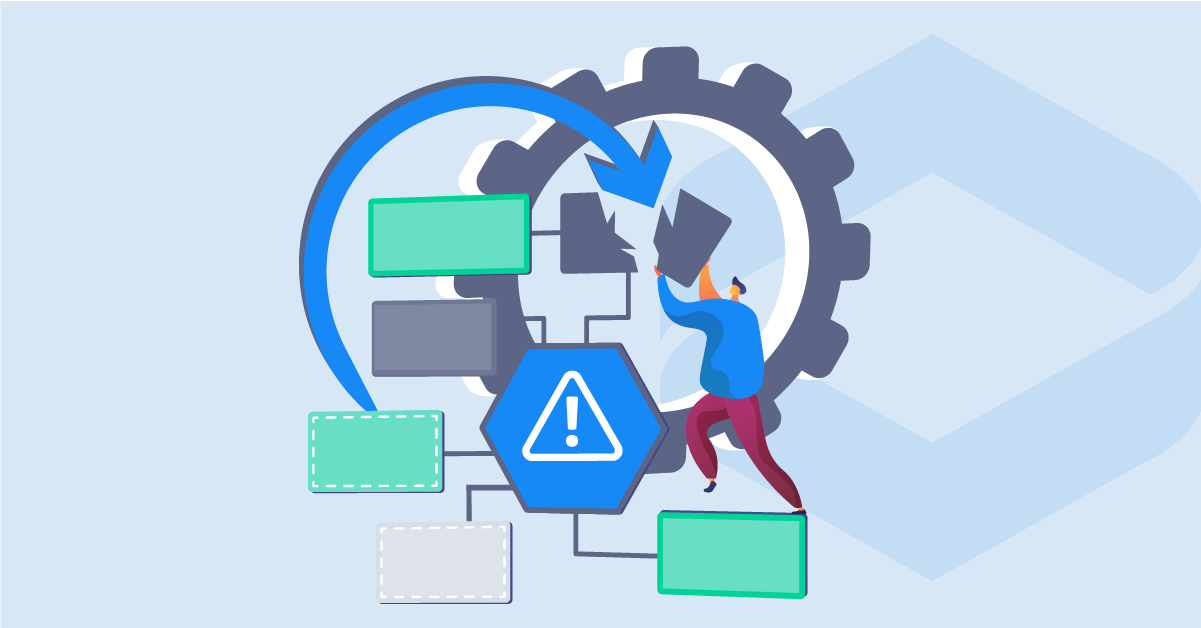The Cloud continues to gain momentum. However, more and more concerns regarding control over data and systems in the Cloud are being raised, especially in the IT service sector. In this blog post, we analyze whether moving to the Cloud is associated with a loss of control.
Cloud solutions are playing an increasingly important role in the IT service sector. In numerous surveys, IT decision-makers, market research firms like Gartner, financial newspapers like Forbes, and international tech blogs like "Exploding Topics" have all named the Cloud as the undisputed leader among technology trends. Swiss IT service companies are also increasingly adopting Private, Public, or Hybrid Clouds. The reasons for Cloud migrations range from more efficient resource allocation to scalability, flexibility, user-friendliness, and meeting heightened compliance requirements.
As the popularity of Cloud solutions grows, so do concerns about control over systems in the Cloud infrastructure and sovereignty over migrated data. Many IT service providers wonder who controls, secures, and protects systems and data in a Cloud infrastructure, and whether Cloud migrations inevitably lead to a loss of control. "Migrating entire IT environments and sensitive data to the Cloud certainly comes with risks and challenges. Nevertheless, our years of experience with Cloud infrastructure show that, with the right security measures, IT service providers can significantly reduce the risk of control and data loss," says Ueli Schwegler, Director of the Cloud Infrastructure Unit at Xelon.
In our latest whitepaper, Ueli and other Cloud experts from Xelon demonstrate how IT service companies can maintain control and sovereignty over their data and systems with a cloud solution. Download the whitepaper here.
Afraid of losing control in the Cloud? These are the concerns of IT service providers
At Xelon, we have supported hundreds of IT teams migrating their IT environments to the Cloud and have often heard the following questions regarding control of Cloud infrastructures:
- Who controls and approves the creation of servers?
- Who is responsible for the performance and who approves the invoice?
- If someone creates a server in a customer system or adds more CPU and hard disks to a customer tenant, who ensures that the end customer is billed accordingly?
- How can we guarantee that the internal process is correct so that the right invoice is triggered at the end of the month?
What changes after Cloud migrations?
In the Infrastructure-as-a-Service (IaaS) and Platform-as-a-Service (PaaS) models, IT service providers relinquish responsibility for the hardware and virtualization layers. With the adoption of IaaS and PaaS, these layers are managed by the Cloud infrastructure provider. "One disadvantage is certainly the loss of control. You can no longer control every cable. On the other hand, a benefit is that you no longer need to control every cable and install hard disks. When first encountering service ownership, many Swiss IT service providers are not fully aware of what that means in practice. It is often unclear what they are getting into and what ultimately changes for them and their team," says Michael Dudli, Swiss Cloud pioneer and CEO of Xelon.
We understand the concerns of IT service providers. The issue of control loss regularly comes up in customer discussions when it comes to transitioning to the cloud. Book an obligation-free consultation to find out how you can maintain control over your data and systems in the Cloud.
